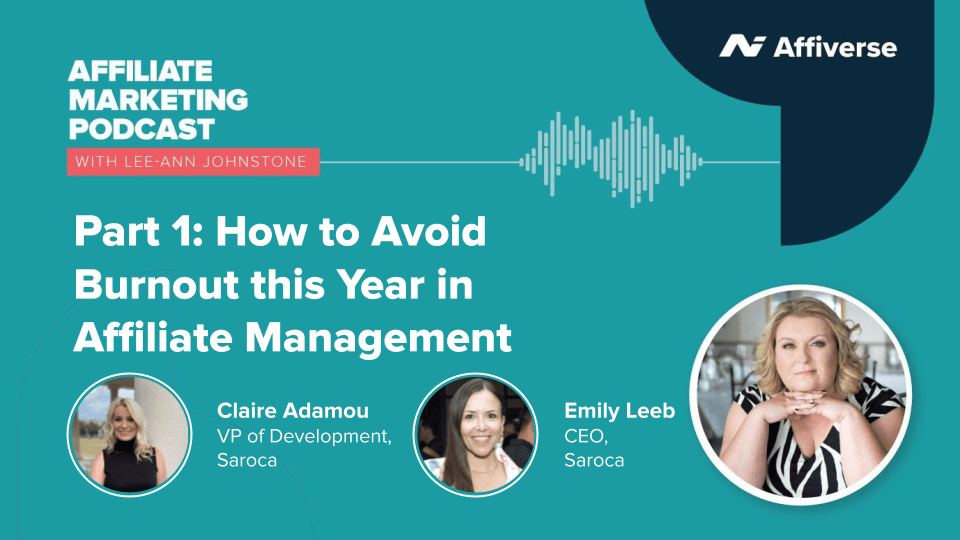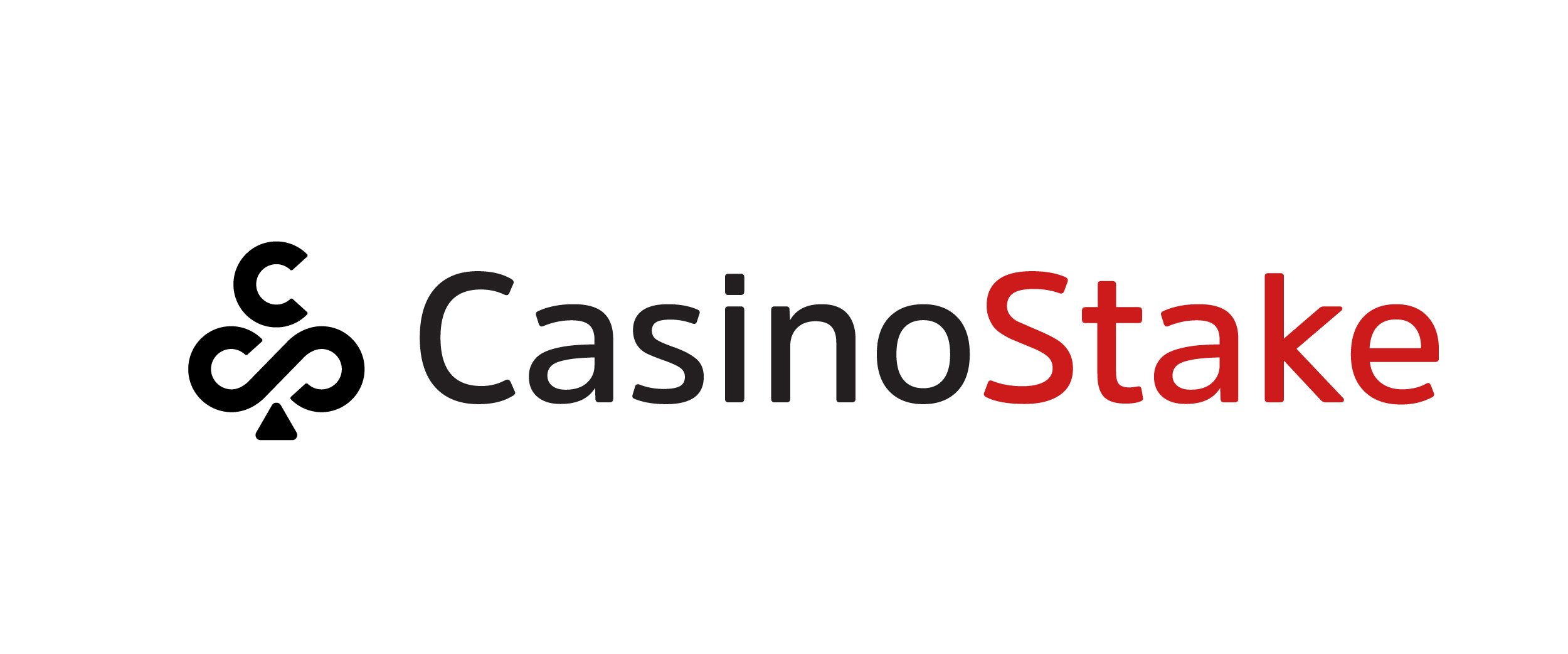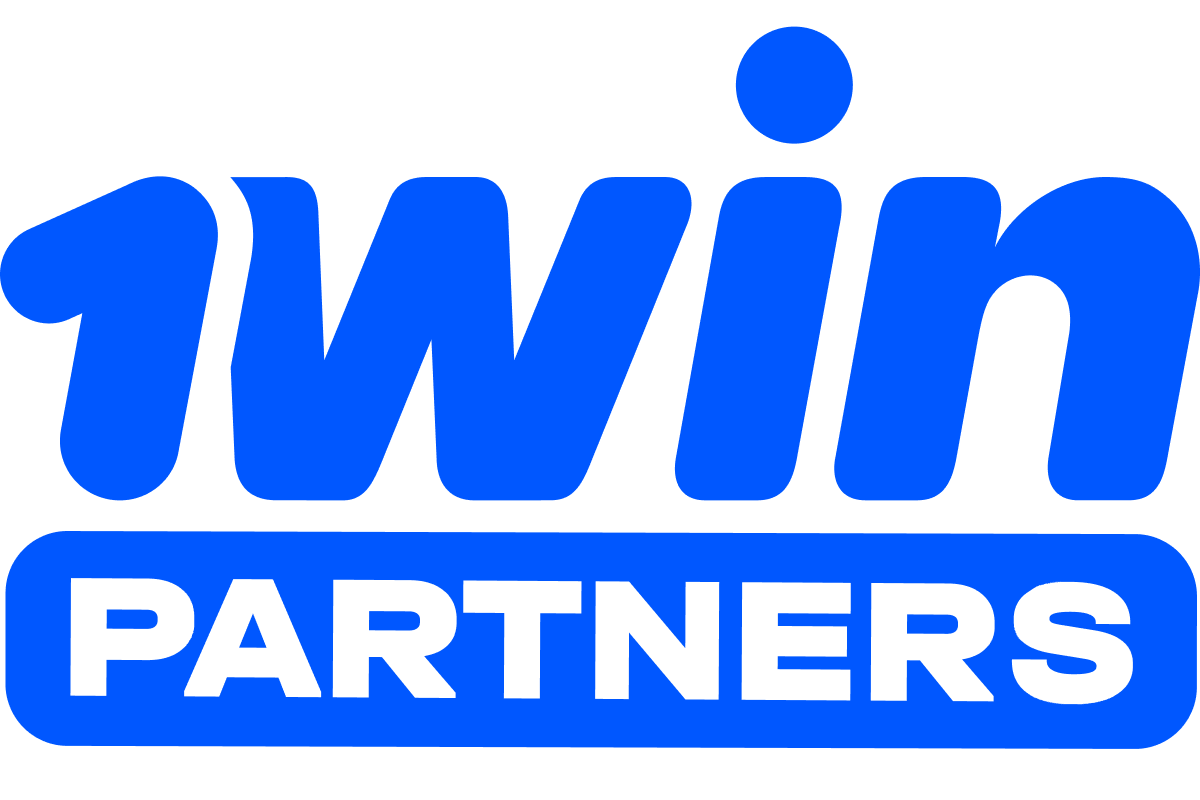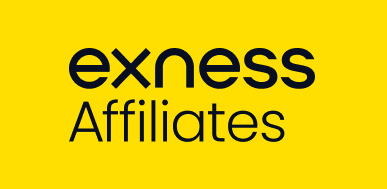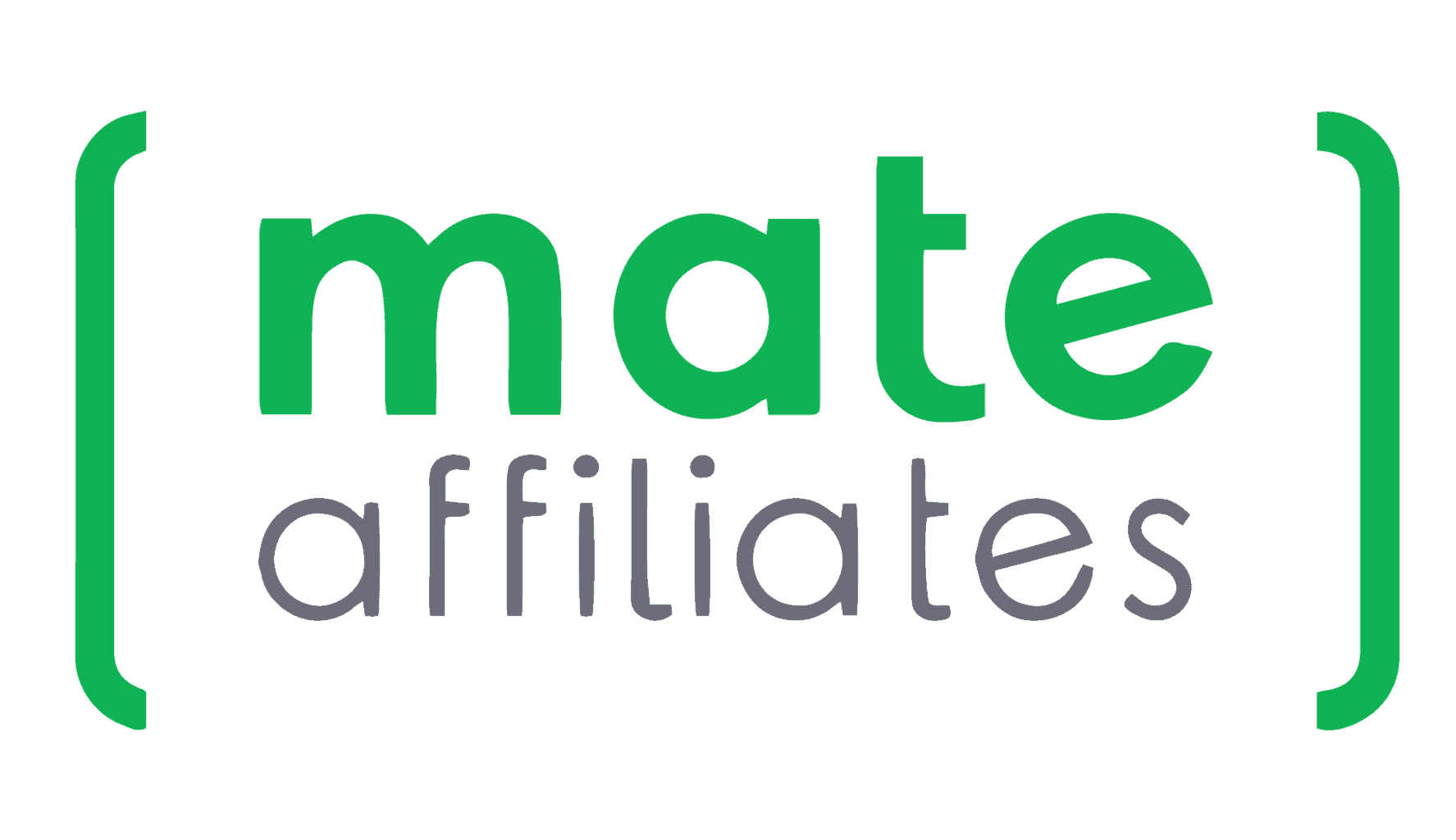If you’ve seen any Instagram news lately, it’s probably been that of the Instagram revolution. A few brave users stood up to The Man, in this case Instagram chief Adam Mosseri and told him to “Stop trying to be TikTok”, via a Change.org petition basically asking to keep the original platform personalities. As yet, the petition is nearing its 300k target with 235k signatures and has gained the attention of celebrities such as Kylie Jenner, Kim Kardashian and even the attention of the chief, who not only made a video response explaining the choices of Instagram, but not a day later announced that they were rolling back on some planned features that were less well-received.
Meanwhile, there is a conversation brewing as to what this love of platform personalities would mean for marketers. Ultimately, the point being made by this petition is that once distinct platform personalities are all melting into one and being more than a little on the nose about outright copying TikTok. No one’s saying every platform is going to turn into TikTok, but that’s only because TikTok is quite limiting. Instagram’s platform personalities are turning into TikTok with photos. Facebook is turning into TikTok with baby and wedding updates. Twitter is turning into TikTok with opinions. Users are asking for Instagram platform personalities to be returned photos of friends, Facebook to be baby updates, Twitter to be opinions and for TikTok to be short form video content.
So, what is best for marketers? Do you, as a marketing executive on social media lean into the short form media content on every platform, or confine it to TikTok? Do you lean into the individual platform personalities of every social media platform, or spread your content evenly everywhere you can? We discuss in this guide to the different platform personalities of your different social media accounts.
Lean into a personality?
There are pros and cons no matter what way you go with this, so we’ll cover leaning into a platform’s personality first. The main perk is that from the customer’s perspective, you’re bringing something new to the table on every platform. You’re posting photos on Instagram, statements on Twitter and videos on TikTok. Every time they find you in a new platform, they find something new.
This might give your subscriptions a boost. Users will know that they will have to go elsewhere to know everything you post, which you can prompt with calls to action on your social medias. “If you want to know more about this weekend’s sale, go to Twitter and follow.” It offers an air of exclusivity to the idea.
It also means all your users aren’t tarred with the same brush. Users spend more time on Instagram rather than Twitter, for example, for a reason. And vice versa. If you’re posting Twitter-esque content on Instagram, you’re going to bore your users.
Diversify across platforms?
However, on the other side of that it can feel like a lot of work and really depends on the size of the team you have handling your social media marketing. If you, for example, have a TikTok, Instagram, and Twitter account, you’re covering video, photos and text respectively. A typical marketing campaign at the moment will add all those elements into the one post as much as possible and post the same thing three times across the three platforms. It could be argued you can just pick that post apart and post it across various platforms in its perspective forms.
However, the hard part comes in maintaining these three accounts. Instagram, in particular, is pretty demanding. If you skip a day in your posts, you won’t show as much in suggested feeds and posts and will have to rebuild your viewership.
Plus, diversifying can only be helpful right? We’re told to diversify workspaces, diversify stocks, diversify content, etc. Surely diversifying across various platforms with the same post there is something in every post for everyone no matter the post.
Well, we would argue again that that idea might bore users. Let’s face it, a platform is only as good as its posts make it, so if users are bored of the platform and loudly declaring it too, then maybe brands, making up a good chunk of the ecosphere and having the express goal of catching attention, need to do something to shake things up.
It’s up to you. Would you consider reworking your content to fit the personality of every platform, or do you think the one-post-fits-all approach is doing its job?
If you’re interested in more insights on affiliate marketing, take a look at our blog for more ideas. Or for a more personalised approach, book a free call with a member of our team to discuss your affiliate marketing needs.
Or maybe you want insights from people at the top of their game? Access to the content of our Elevate Summit in June is still available. There is over 14 hours worth of content available featuring insights from talks, panels, and workshops with insights from industry peers at the top of their careers.






